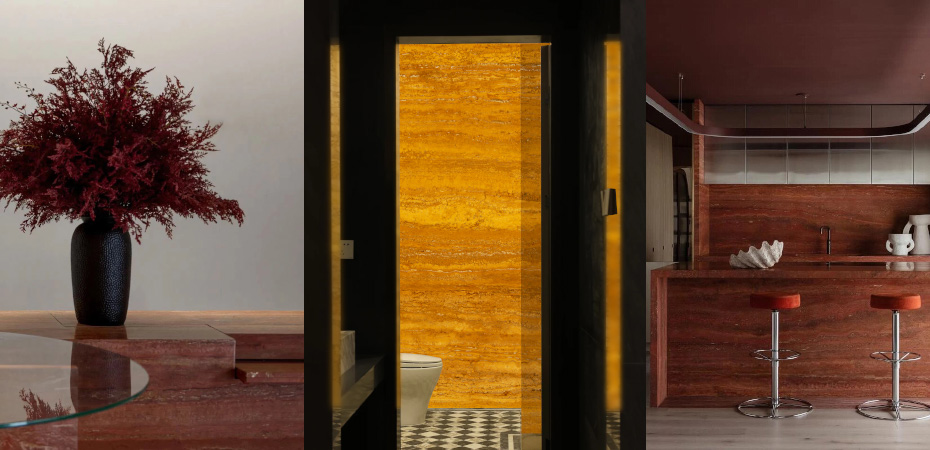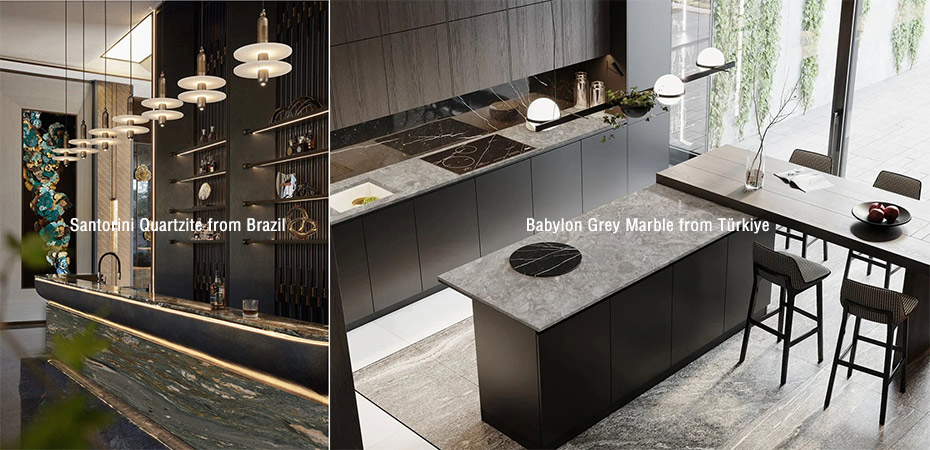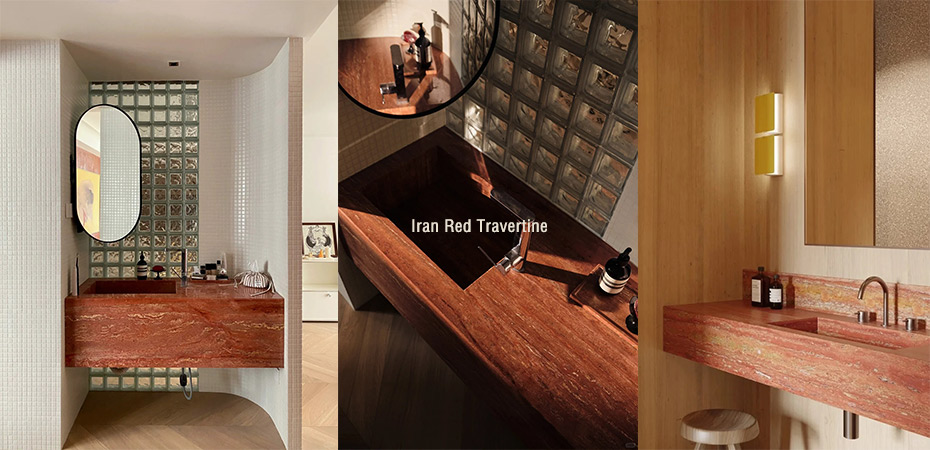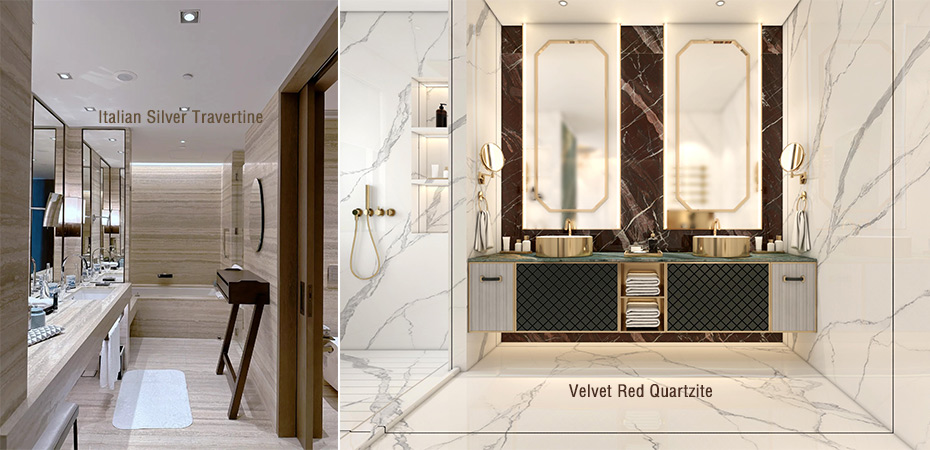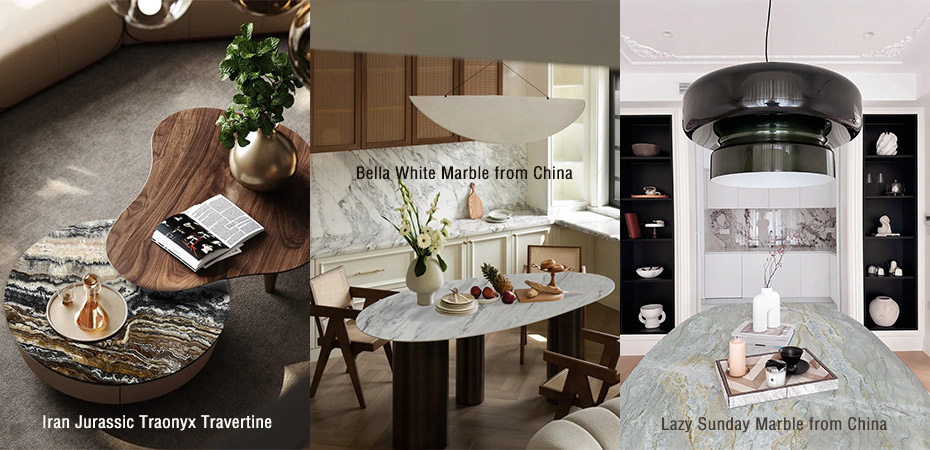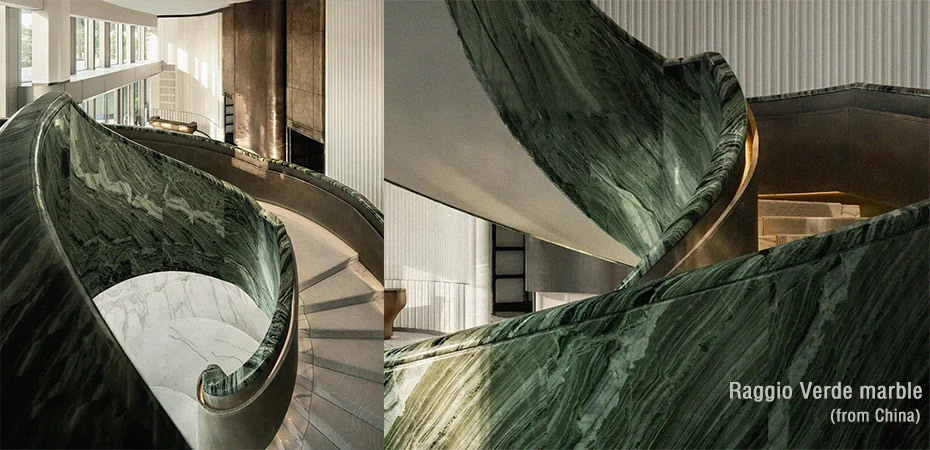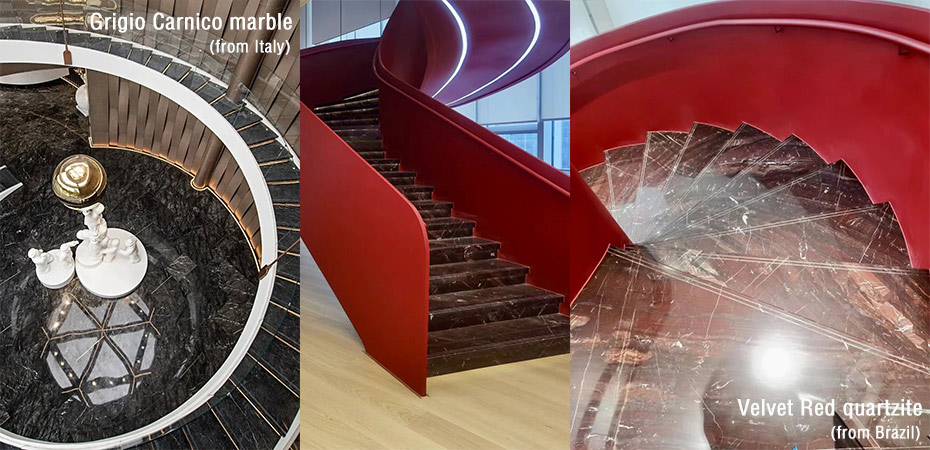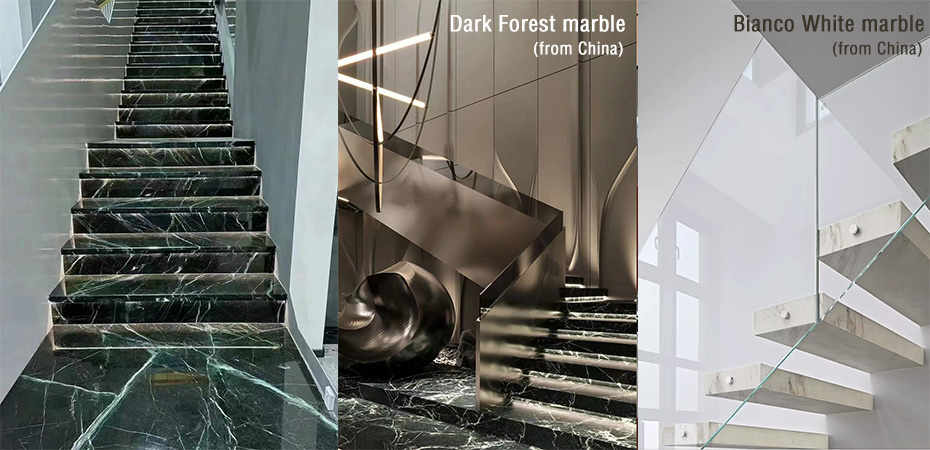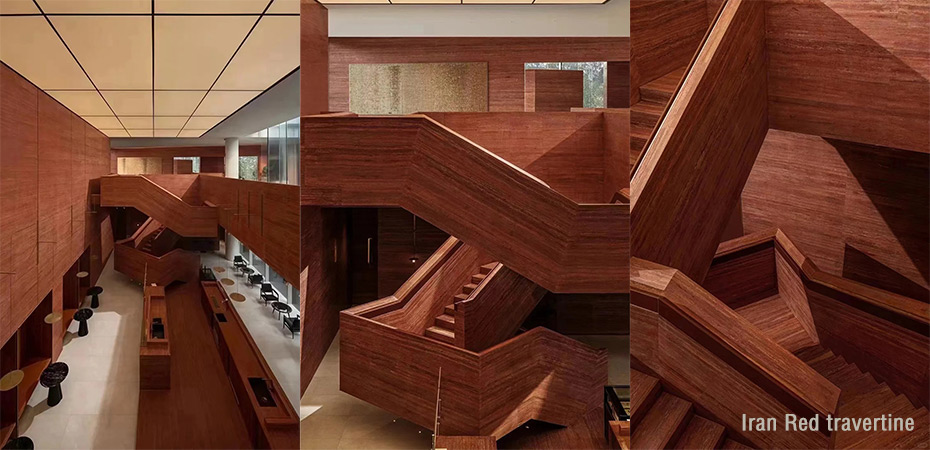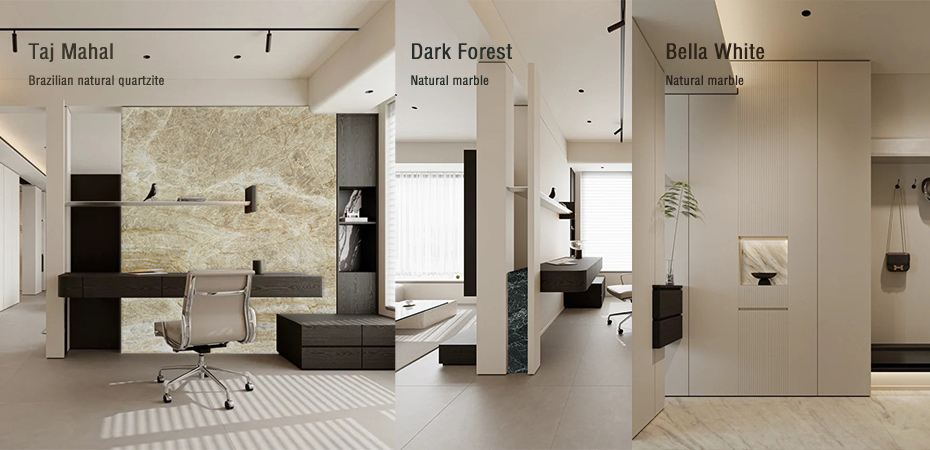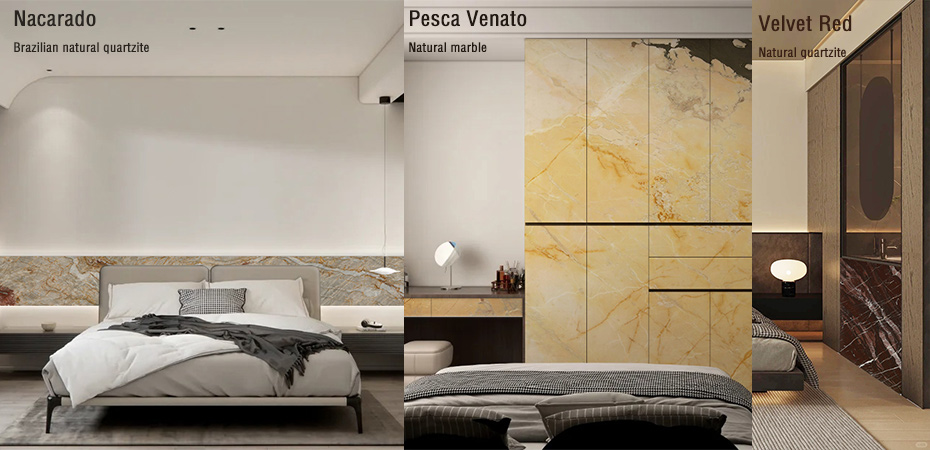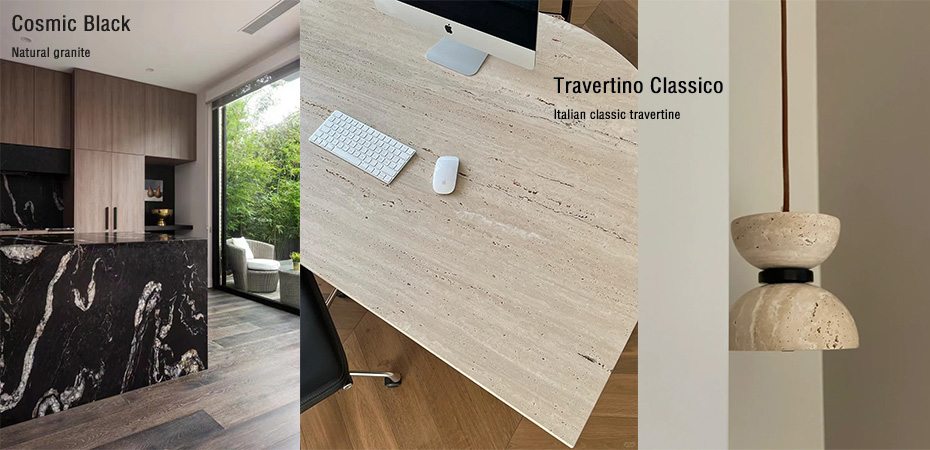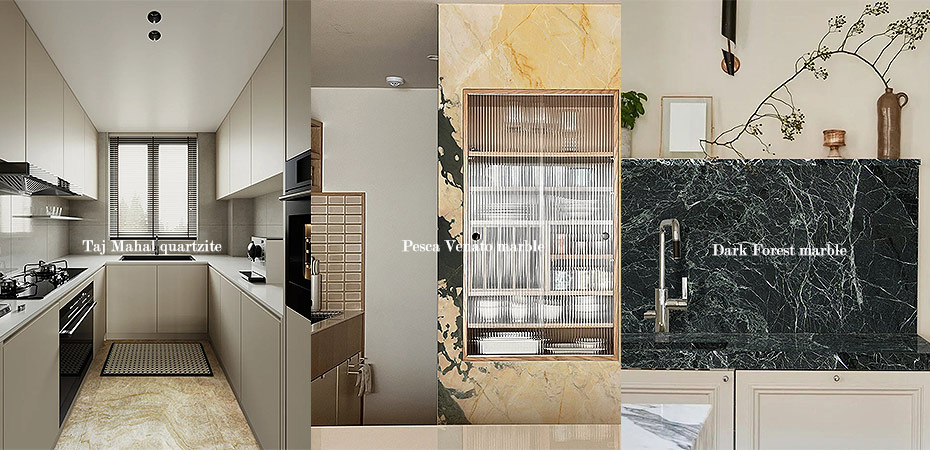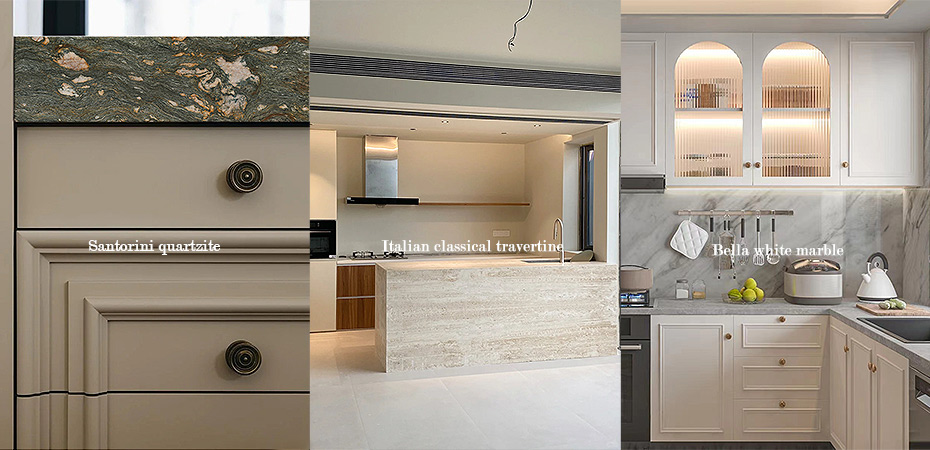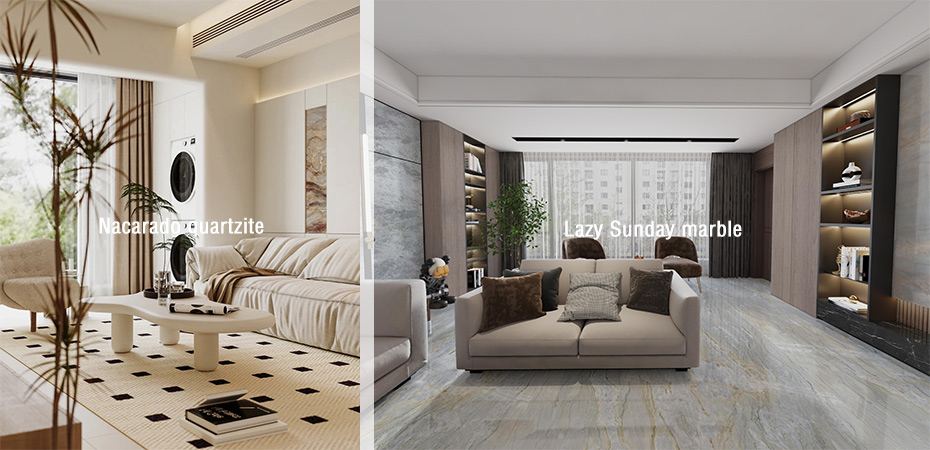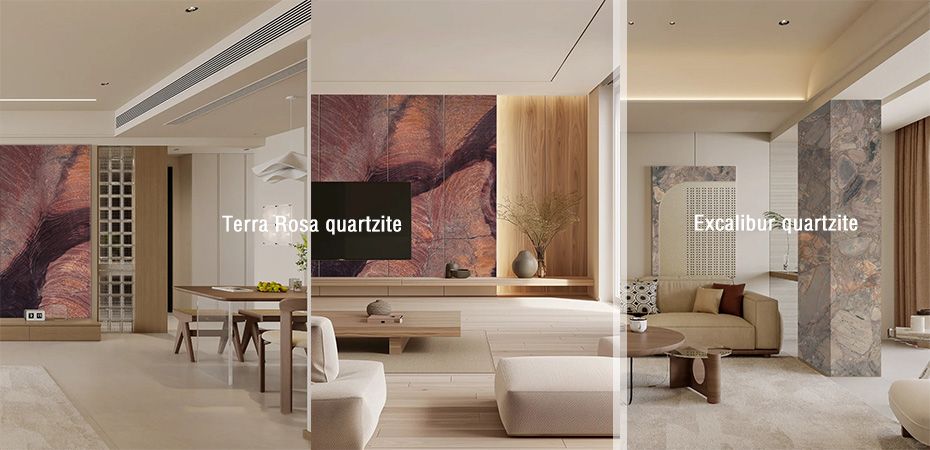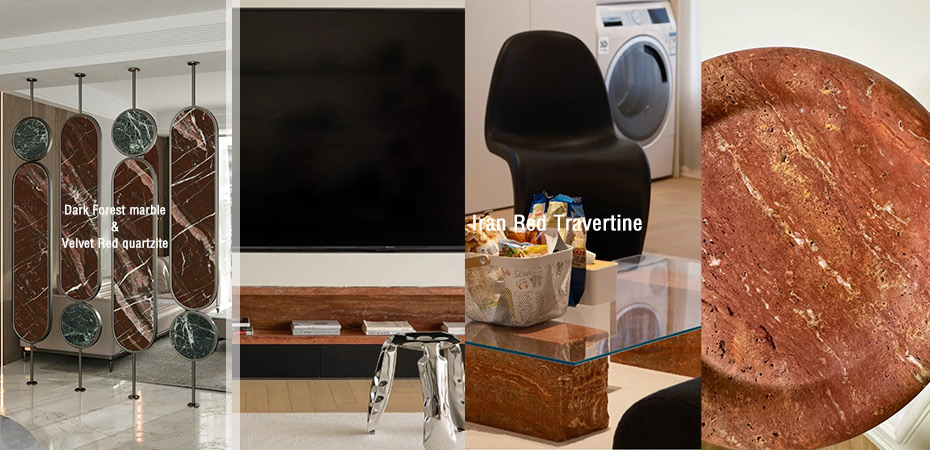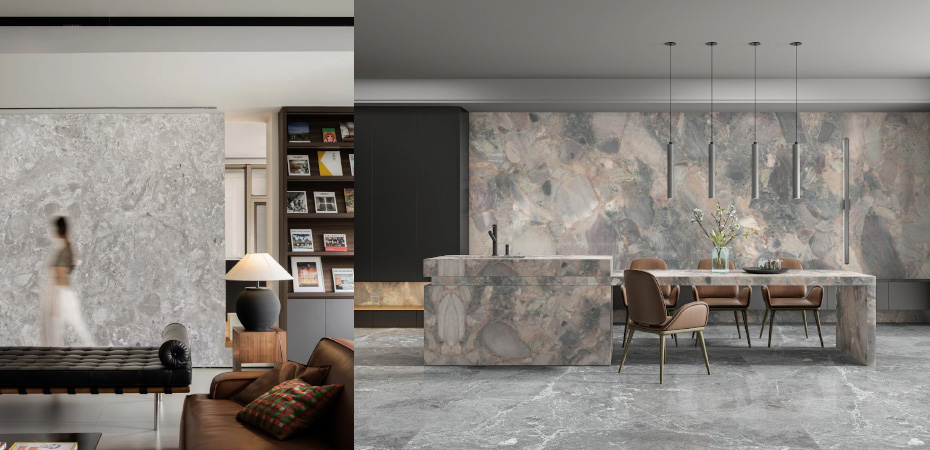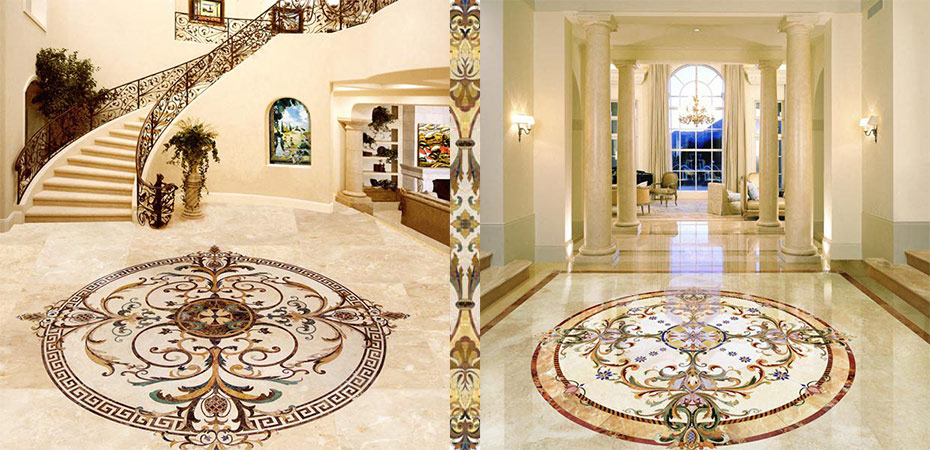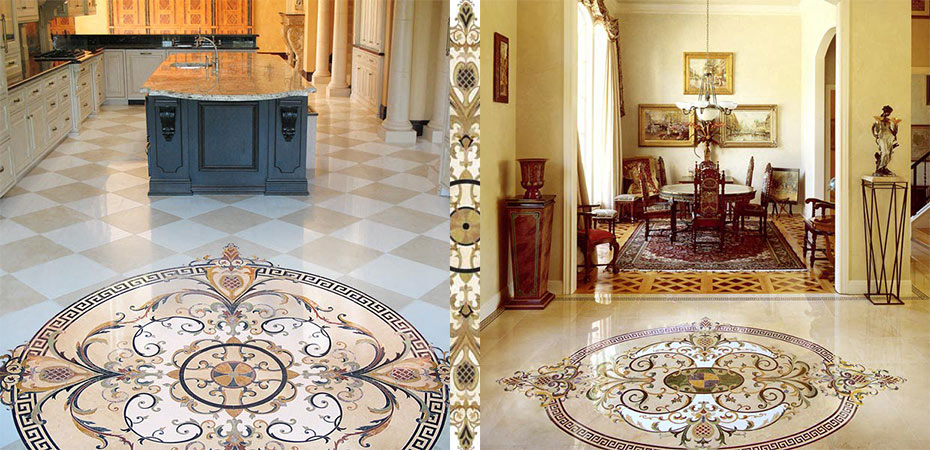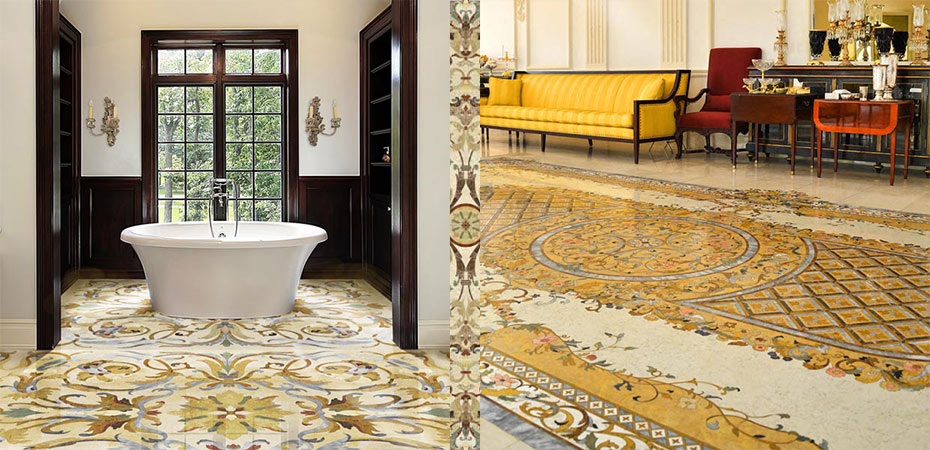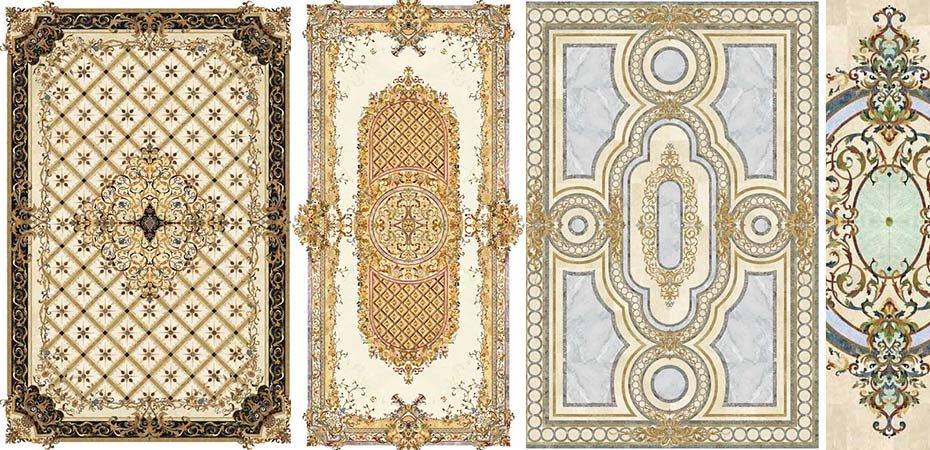Stone Art: A Dream Journey of Wall Decoration
At the boundary where light and shadow intertwine, stone slowly spreads out hazy and profound paintings with its unique language, leading every gaze to stop and immerse oneself in the high-end elegance and confusion.
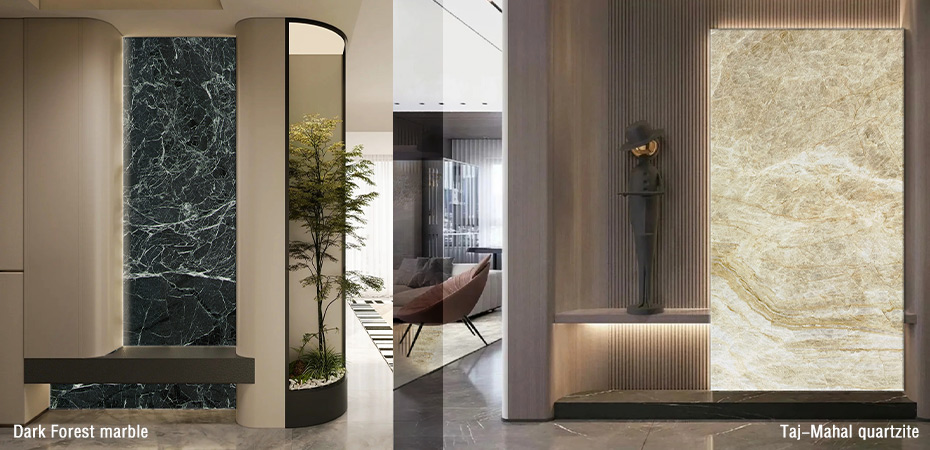
Entrance: Dark Forest marble and Taj-Mahal quartzite
Entering the entrance, it was as if stepping into the morning mist of the forest. The Dark Forest green marble background wall, with its deep and vibrant greenery, quietly awakens the sleeping soul. Every ray of light jumping on it is a gentle chant of the spirit of nature. The stone background wall of Taj-Mahal beige quartzite reflects the tranquility and hope of the lakeside with a gentle touch of honey, blurring the boundary between reality and illusion between the mirror flowers, water, and moon.
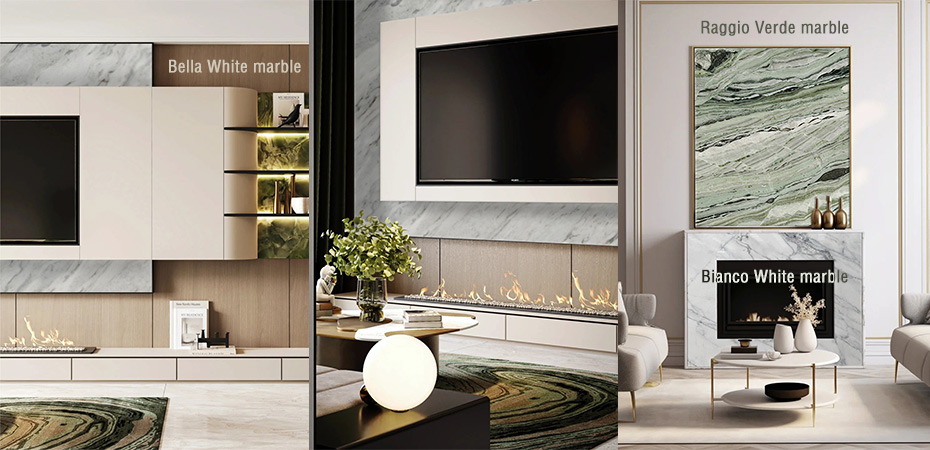
Living Room: Bella White marble and Bianco White marble
The Bella White marble TV background wall, with its pure and flawless texture, creates a dreamlike viewing space. The Bianco White marble fireplace ring wall, with its delicate texture and warm color, ignites infinite imagination about the interweaving of classical and modern elements during night conversations around the fireplace. The Raggio Verde green marble paintings hanging in the living room, with an indescribable emerald green, hang in a corner of the space, like jade left behind on the clouds.
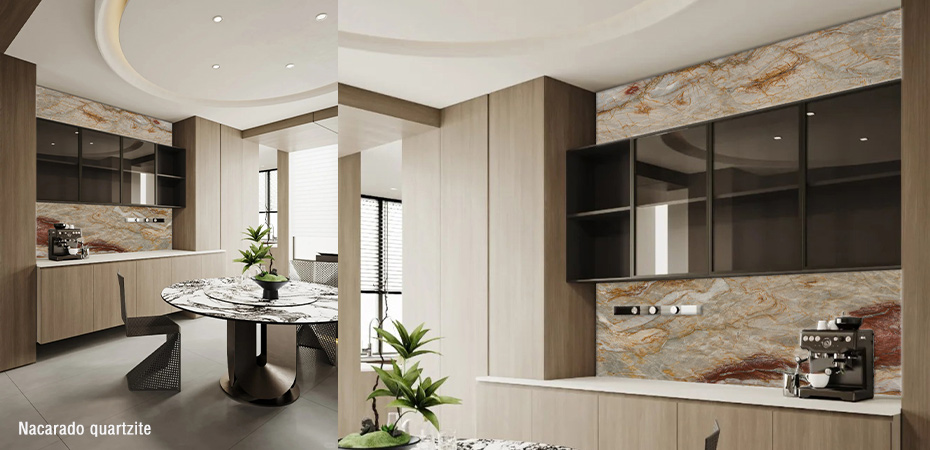
Restaurant: Nacarado quartzite like Fireworks
The Nacarado beige quartzite stone backsplash and cabinet wall, with dynamic lines and brilliant colors, interpret the fusion of Chinese classical charm and modern design. The swirling of dragons and phoenixes not only symbolizes auspiciousness and harmony, but also fills every meal with a sense of ceremony and nobility.

Bedroom: Super Cedar marble and Vanta Nero marble
The Super Cedar beige marble bedside background wall, with its unique texture, outlines the autumn scenes of Sycamore leaves, as if you can hear the sound of light rain tapping Sycamore leaves outside the window. The partial embellishment of Vanda Nero black marble is like the brightest star in the night sky, adding a touch of mystery and elegance to this private space.
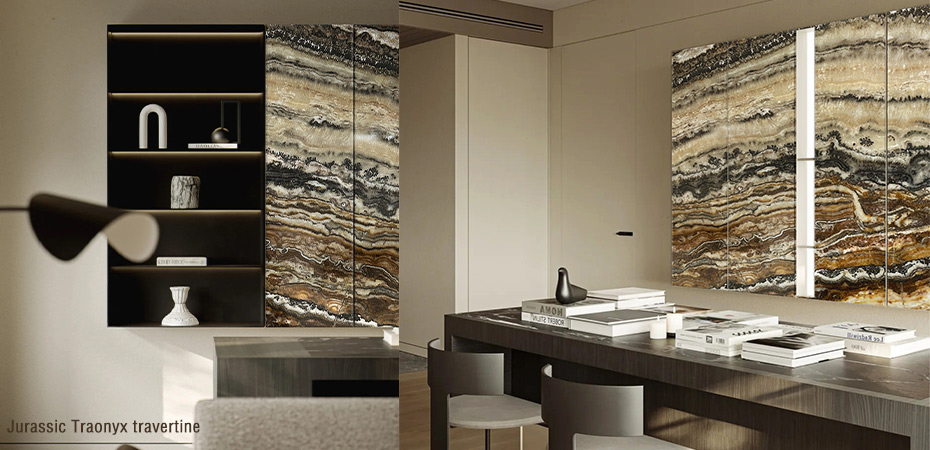
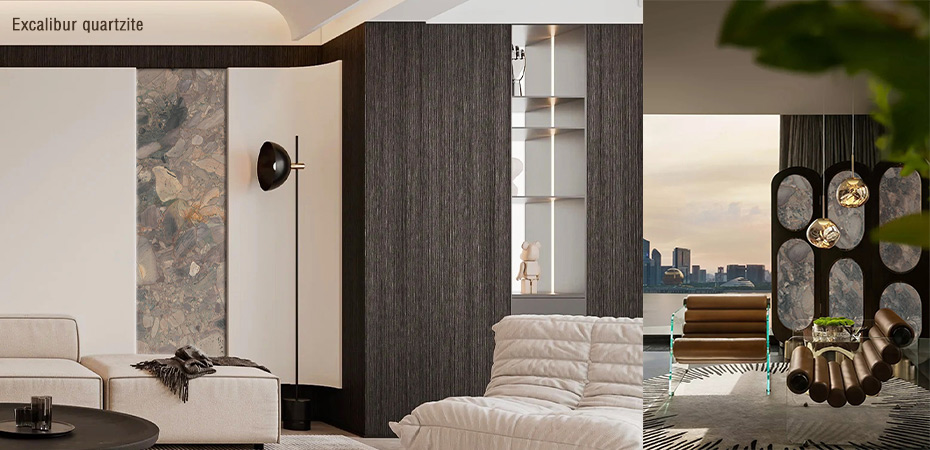
Study and Office: Jurassic Traonyx travertine and Excalibur quartzite
The wall decoration of the Jurassic Traonyx brown travertine, with its vicissitudes and antiquity from billions of years ago, leads thoughts through time and space. The Excalibur Brazilian quartzite screen decoration, with its soft luster and exquisite craftsmanship, brings a touch of freshness and tranquility to busy work spaces, as if it can open the door to dreams and inspiration at any time.
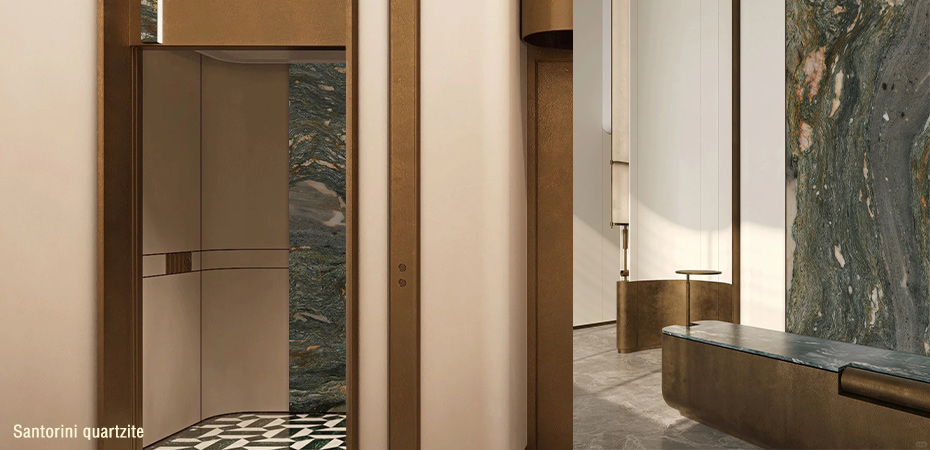
Hotel lobby and public areas: Santorini quartzite and mysterious language
The Santolini black quartzite background wall creates a unique color atmosphere with its iconic color black tone. Whether it's in the elevator lobby or on the large space background wall, it can easily capture your attention.
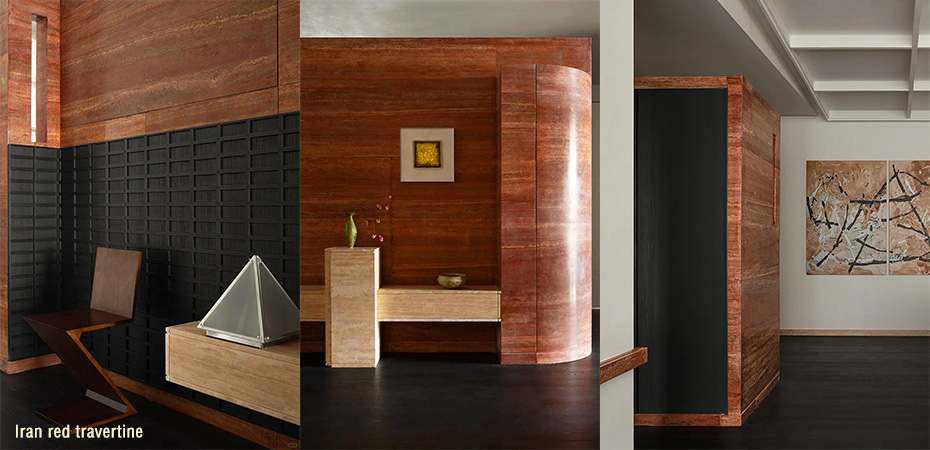
Boutique Store and Exhibition Hall: The Hot Temptation of Red Travertine
The Iran red travertine wall design, with its warm and deep red color, instantly attracted all the attention. This is not just a display of stone, but also an ultimate pursuit of art and luxury. Every wall seems like a story, waiting for someone with a heart to interpret and discover.
On the journey of stone wall decoration, we shuttle between the gaps between reality and illusion, feeling the sophistication and elegance brought by stone, and experiencing the hazy and enchanting beauty. Stone, in its unique way, tells eternal stories about time, nature, and art.
By selecting our expertly crafted stone wall decorations, you're choosing a partner dedicated to transforming spaces into masterpieces. Let us help you create a living or working environment that resonates with your personal style and aspirations, inviting others to admire and cherish the timeless beauty you've cultivated.



